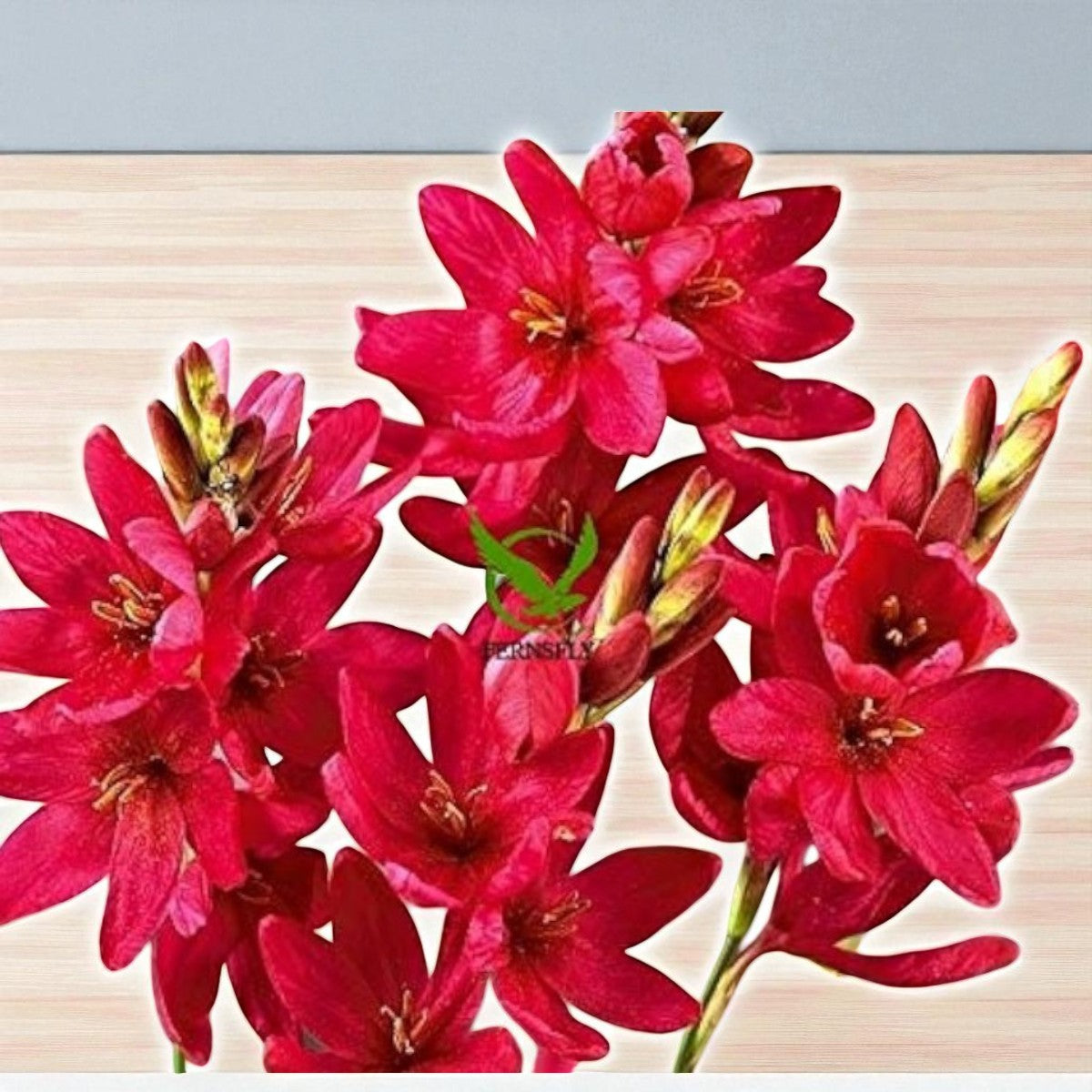
How To Take Care Of Cacti Plants
How To Take Care Of Cacti :
|
Family |
Cactaceae |
|
Common Varieties |
Prickly pear , mammillaria , moon cactus |
Cactaceae family species which we also know as Cactus, is a group of countless plants that come in many different sizes and types. Their maintenance is very easy and if they get the right condition, then flowers also bloom in some varieties.
Cactus are native primarily to Mexico and the region around the Southwestern US and, like most houseplants, require the same care they would receive in their natural habitat.
Warning from cacti :
Most cactus have sharp spines that can sting if they touch the hands or skin, so special care should be taken in handling this plant, if there are small children and pets, then these plants should be kept out of their reach.
Light :
A lot of bright indirect sunlight is needed for a cactus plant to grow well. These indoor plants like a lot of light, there are some varieties which also tolerate direct sunlight.
But keeping them in direct sunlight, care should be taken as they can harm the plant, especially the new plants. Therefore it is good that the cactus should be kept in bright indirect sunlight only.

Water :
It is a plant that grows in dry place, so it likes dryness. Its soil should also remain mostly dry. Even if you feel that there is moisture in the soil, then water should not be added. Before watering, make sure that the soil is completely dry.
People often make this mistake that when they water the plants every day, they also pour water on such plants along with the rest of the plants, due to which the moisture always remains in them. For this reason most of the people's cactus plants die.
During the summer season, it should be given special attention that as soon as the moisture is completely exhausted, you should water the plants immediately because in this season the plants grow rapidly, so the plants should not be left dry for a long time.
Cacti can live without water for a longer period in winter when these plants become dormant.
|
Essentials for Gardening |
|
| Perlite | https://plantorbit.com/products/perlite-10-15-g-for-succulent |
| Potash | https://plantorbit.com/products/potash-granules-10-g |
|
Urea |
https://plantorbit.com/products/urea-granules-10-g |
| Dap | https://plantorbit.com/products/dap-10-g |
| Laxmi Kamal | |
By the way, most cactus can live without water for 1-2 months depending on their size and other conditions like temperature and light etc.
Whenever you give water, let the water drain completely from the soil, if a saucer is placed at the bottom of the pot, then also remove the water accumulated in it.
Cactus are plants that are easily affected by the problem of root rot if they are given too much water.
It is often believed that it is better to leave under-water than to over-water, if the plant does not show signs of dehydration, then there is no harm in waiting for a day or two to add water.
Cactus grown in its native area.
Temperature :
The same warm temperature that the cactus gets in its natural habitat, always suits whether you plant it in the garden or anywhere else.
Normally a temperature above 10 ° C is considered to be fine, if the temperature remains above 20 then it can be considered as the ideal temperature.
Chilling winds can cause problems for it, so avoid keeping them in the open when it is very winter.
Humidity :
Dry conditions are best for cactus, cacti do not tolerate moisture and they like to live where there is little to no humidity in the air.
This is the reason that many people's cactus start getting spoiled in the rain and if they are too careless, they also die.
Avoid keeping it in a place where there is constant moisture like bathroom or kitchen.
Manure and Fertilizer :
Cactus also does not require much fertilizer, but you can use liquid fertilizer in its growing season to encourage new growth in it.
In winter, when it does not grow very actively, it should not be given any kind of fertilizer.
|
Essentials for Gardening : |
|
Christmas Cactus Pink |
https://plantorbit.com/collections/cactus/products/christmas-cactus-pink
|
Echinopsis Chamaecereus - Peanut Cactus |
https://plantorbit.com/products/echinopsis-chamaecereus-peanut-cactus |
Mammillaria Prolifera |
https://plantorbit.com/collections/cactus/products/mammillaria-prolifera |
Thimble Cactus |
https://plantorbit.com/collections/cactus/products/thimble-cactus |
Pro Tips
1-Since it is a slow growing plant, repotting the cacti every other year is considered a good process. But it is not that if you are not able to repot your cactus regularly then there will be a problem.
Therefore, one should not be worried about repotting, but whenever you do, do it leisurely and wear good gloves. The new pot should be 1-2 inches bigger than the old one.
2- The time of dormancy or rest in winter helps in new growth in the plant. Water the plant less at this time to give it a chance to rest. Avoid keeping the plant in such a place in winter where there is very high temperature.
3- Plants that become very old or mature, there is a possibility to remove new plants or pups from them, from which you can separate and make new plants. It is best to separate the new plants at the same time as you are repotting.
A fine knife or shears should be used to separate the new plant. New pups should be cut and kept aside for 2-3 days so that its cut end becomes a little hard, after that you put it in its pot.

